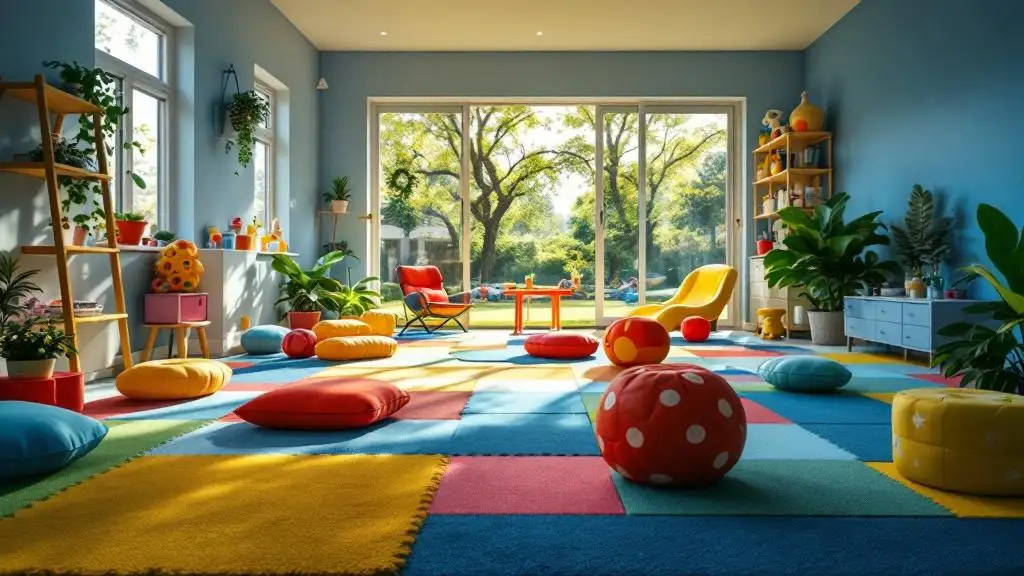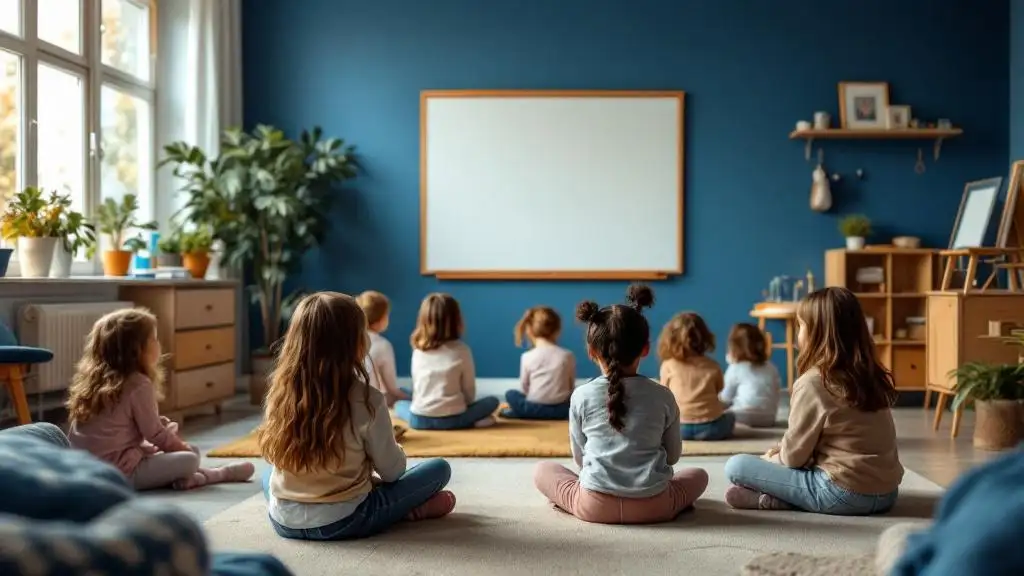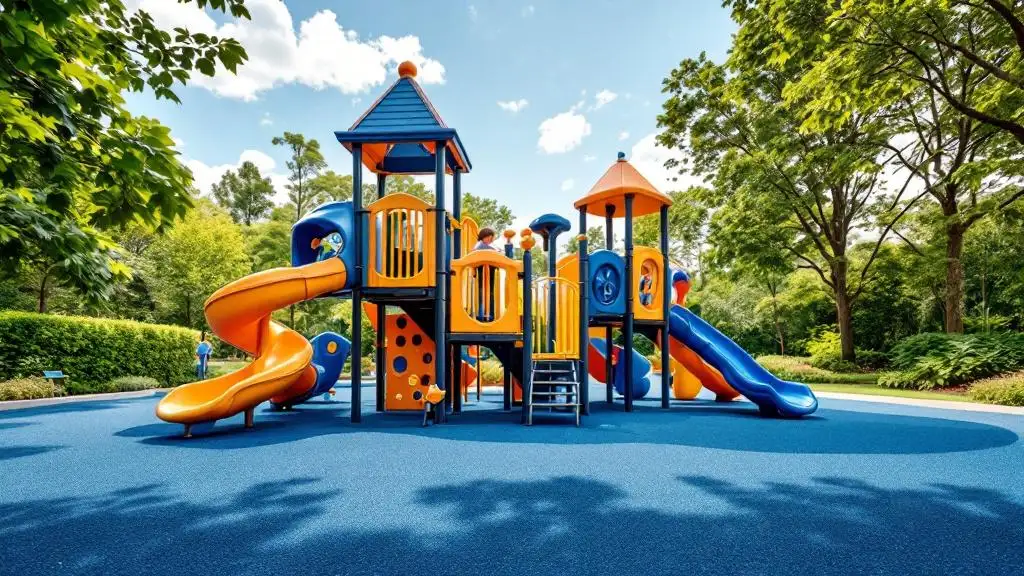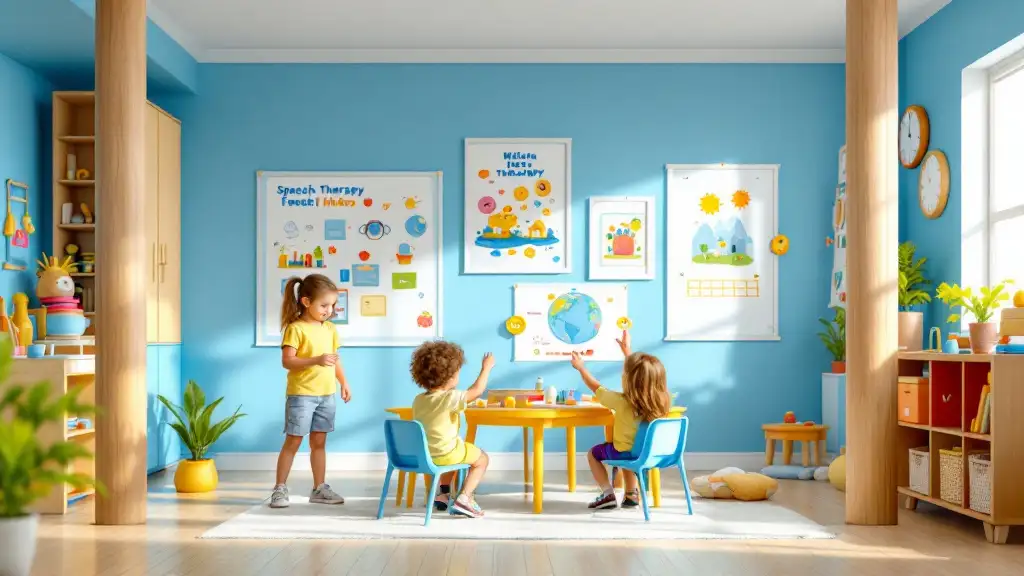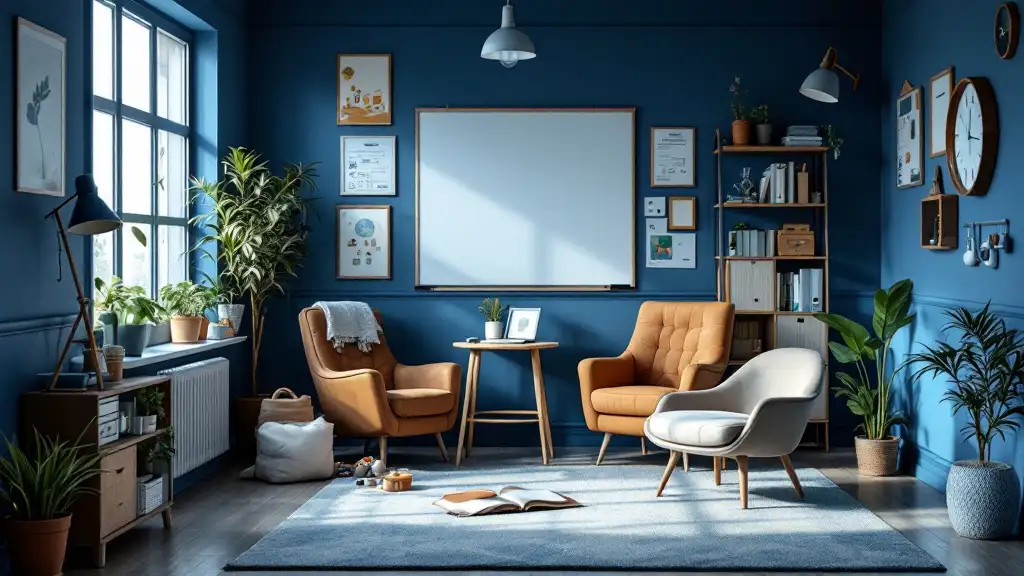
Understanding Balance, Coordination, and Their Impact on Child Development
Balance and coordination are fundamental gross motor skills that enable children to move confidently, participate in play, and achieve developmental milestones. These skills involve maintaining upright postures, executing smooth movements, and adapting to varying environments. Recognizing signs of deficits early and implementing appropriate interventions can significantly influence a child's physical, cognitive, and social development.
Signs and Developmental Milestones Indicating Balance and Coordination Issues

What are the signs and developmental milestones indicating balance and coordination issues in children?
Detecting problems with balance and coordination early on can significantly impact a child's development, so recognizing warning signs is important.
Children struggling with these skills often exhibit frequent falls and clumsiness, such as bumping into objects or tripping during activities. They may find it difficult to perform fine motor tasks like writing or tying shoelaces, as well as gross motor skills such as jumping, running, or climbing.
Delays in achieving key developmental milestones, like crawling, sitting independently, or walking, can raise concerns. These milestones are usually reached within specific age ranges, and any significant delay warrants evaluation.
Other indicators include trouble with hand-eye coordination and motor planning, making tasks like catching or throwing a ball challenging.
Older children might report dizziness, lightheadedness, or a sensation of vertigo, especially during physical activities.
Signs also encompass abnormal eye movements, vision or hearing issues, and behavioral challenges like increased fatigue or difficulty concentrating during movement-based tasks.
Early intervention through therapies such as occupational or pediatric physical therapy aims to address these issues. Therapists focus on activities that improve balance, coordination, and overall motor skills, helping children participate confidently in daily activities and sports.
Being attentive to these signs and seeking timely support can lead to better developmental outcomes and prevent further delays.
Assessment Methods for Pediatric Balance and Coordination Rehabilitation
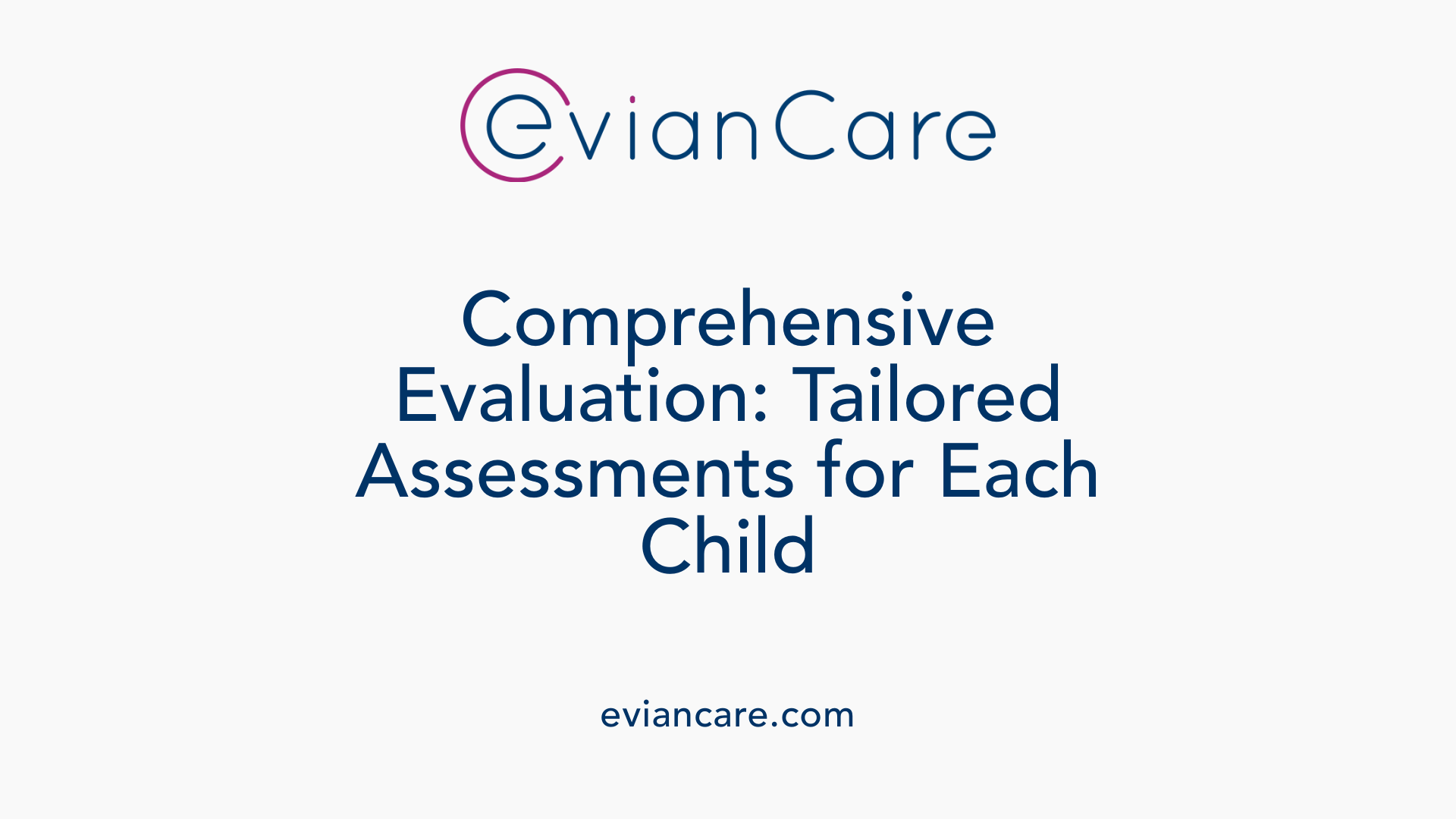
What assessment methods are used in pediatric balance and coordination rehabilitation?
Evaluating balance and coordination in children involves a range of specialized tools and observational techniques that help therapists understand individual needs.
One of the most commonly used standardized assessments is the Pediatric Balance Scale (PBS). This tool measures a child's functional balance during typical daily activities such as sitting, standing, reaching, and transfers. It provides a quantitative score that reflects the child's postural control in static and dynamic situations.
Another important assessment is the Movement Assessment Battery for Children, Second Edition (MABC-2). This comprehensive test evaluates various motor skills, including manual dexterity, ball skills, and overall balance, in children aged 3 to 16 years. It helps identify specific areas of difficulty and guides targeted intervention strategies.
Clinicians also perform detailed performance-based tasks and observe children in natural settings. These include tests like tandem gait, dynamic walking tasks, and the Timed Up and Go (TUG) test, which assess mobility, stability, and the child's ability to adapt to different movement challenges.
To gather more insights, therapists often use questionnaires and interviews with parents and teachers, which can reveal how motor challenges impact daily life and participation in activities.
Outcome measures such as the Canadian Occupational Performance Measure (COPM) and Goal Attainment Scaling (GAS) help set personalized goals and track progress over time.
In summary, a combination of standardized tools, observational assessments, and feedback forms a comprehensive profile of a child's balance and coordination capabilities, allowing therapists to develop tailored, effective treatment plans.
Physical Therapy Strategies and Exercises to Improve Balance and Coordination
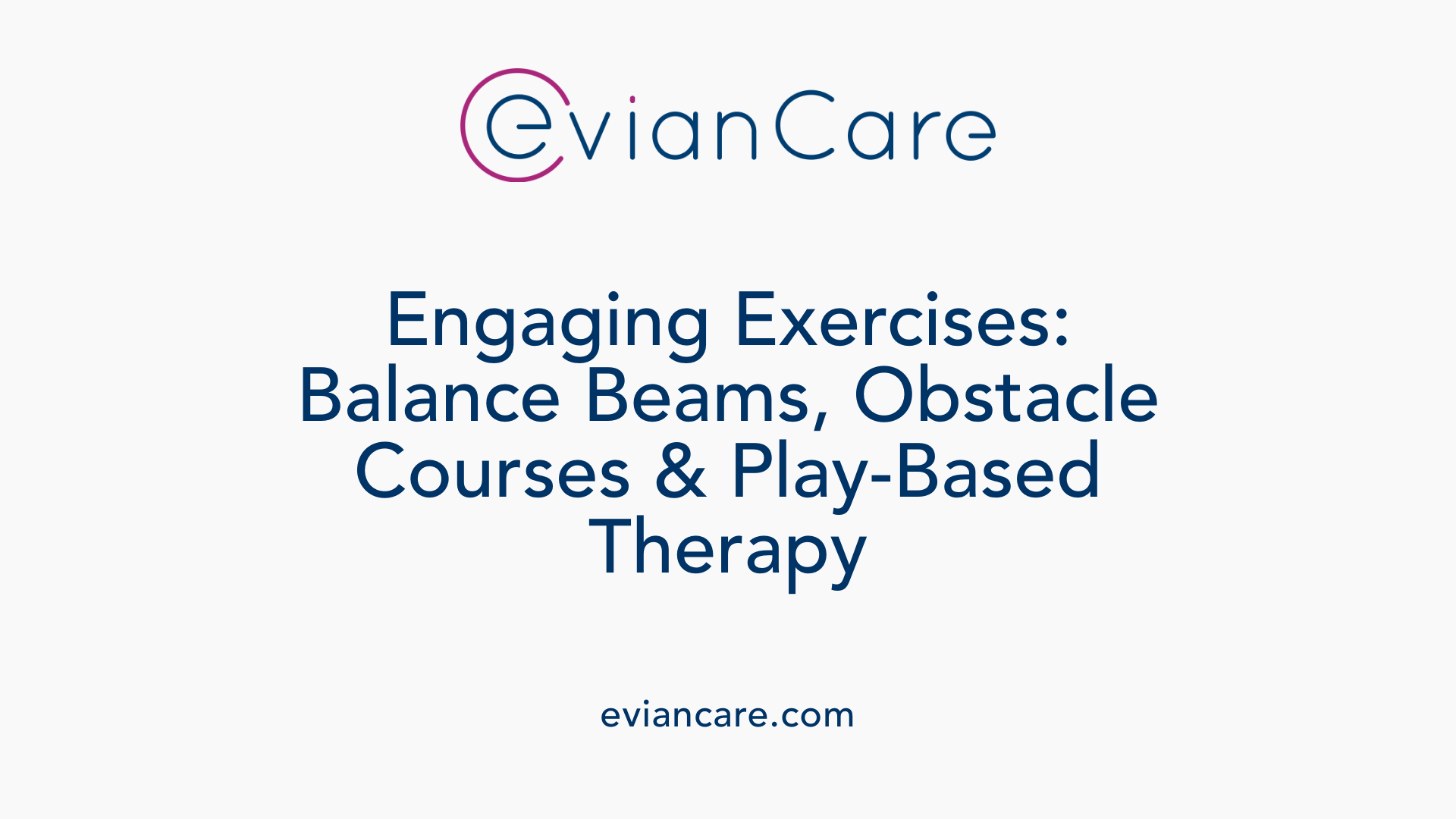
What therapeutic exercises and activities are designed for children with coordination challenges?
Therapists use a variety of fun and engaging exercises to help children with coordination issues develop their motor skills and balance. These activities often combine play with structured movement to keep children motivated and improve their physical abilities.
One common approach includes balance training such as walking on a line or a low balance beam, which helps children develop steady postural control. Obstacle courses are also popular, encouraging children to navigate around objects, jump over hurdles, or crawl through tunnels. These activities enhance motor planning and boost proprioception—the body's sense of position—so children better understand their movements.
Gross motor skills are improved through activities like animal walks (e.g., bear crawl, frog jumps), balloon volleyball, dance routines, and hopping games. These activities promote bilateral coordination, rhythm, and timing.
Sensory-based activities support sensory processing and help children integrate input from their inner ear, skin, and muscles. Examples include bubble play, sensory bins filled with different textures, and messy play with paint or sand.
Additional exercises focus on strength, flexibility, and body awareness. These include biking with a parent or therapist, yoga poses tailored for children, and stretching routines.
Therapists carefully select and customize these activities based on each child's specific needs. The goal is to combine play with targeted exercises to build confidence, improve balance, and enhance overall coordination. This approach not only supports physical growth but also encourages active participation in daily activities and sports, ultimately helping children move more confidently and safely.
Early Intervention and Individualized Treatment Plans

How does physical therapy support motor development and address developmental delays?
Physical therapy plays a vital role in helping children develop their motor skills, especially when they face developmental delays. Therapists conduct thorough evaluations to understand each child's unique strengths and challenges. This detailed assessment covers muscles, joints, inner ear, eye tracking, skin sensation, proprioception, and circulation.
Based on this information, therapists craft personalized, play-based activities tailored to nurture gross and fine motor skills, coordination, and sensory processing. These activities are designed to be engaging and fun, encouraging children to practice movements like balancing, catching, and jumping, which are essential for daily activities and sports.
Early intervention, ideally before the child turns one, improves long-term outcomes. When therapy begins early, it helps address issues like hypotonia (low muscle tone) or syndromic delays, boosting functional abilities and independence. Parents often receive guidance on activities and modifications to support their child's development at home and in everyday settings.
The ultimate goal is steady progress in motor skills, which also benefits cognitive, social, and emotional growth. Achieving these milestones promotes greater confidence, participation, and enjoyment in physical activities.
How does comprehensive evaluation lead to personalized programs?
A key element of effective therapy is assessing all factors influencing a child's movement, including balance, strength, sensory input, and coordination. This holistic approach allows therapists to identify specific areas needing attention.
Customized programs incorporate various techniques like motor learning, sensory integration, and functional skills training. For example, exercises such as obstacle courses, balance games, or strength activities are adapted to fit the child's age and capabilities.
What is the role of parent and school collaboration?
Engaging families and educators is essential for reinforcing progress outside of therapy sessions. Therapists often work closely with parents and teachers to integrate therapeutic activities into daily routines and school environments.
This collaboration helps sustain gains in motor skills, encourages consistent practice, and creates a supportive atmosphere for the child's development. Activities like playing catch, navigating obstacle courses, or practicing balance exercises at home or school can significantly boost outcomes.
| Approach | Focus Area | Tools/Activities | Purpose |
|---|---|---|---|
| Comprehensive Evaluation | Strengths & Weaknesses | Sensor checks, gait analysis | Personalized plan creation |
| Motor Learning Techniques | Skill acquisition | Play-based tasks, repetition | Build coordination and motor skills |
| Sensory Integration | Sensory processing | Balance games, tactile activities | Improve balance and coordination |
| Functional Skill Training | Daily movement | Walking, jumping, sports drills | Promote independence and confidence |
Supporting motor development through tailored therapy and collaborative efforts can lead to improved physical abilities, confidence, and participation in both structured activities and everyday life.
Challenges Faced by Children with Balance Deficits and How Therapy Addresses Them
What challenges do children with balance deficits face, and how do therapies address these challenges?
Children experiencing balance issues often struggle with maintaining their posture, which can lead to an unsteady gait and a higher likelihood of falls. They may appear clumsy, have trouble navigating crowded spaces, and find it hard to perform everyday tasks like climbing stairs or writing without losing stability. These difficulties can impact their confidence, participation in sports, and social interactions.
Balance problems can also cause dizziness and trouble with coordination, affecting mobility and independence. Many children with these challenges show signs early on, such as frequent stumbling or difficulty standing on one foot.
Underlying causes of balance issues are diverse. They can include problems with the inner ear (vestibular system), neurological conditions like developmental coordination disorder, or sensory processing difficulties involving muscles, joints, or eyes.
Therapeutic approaches are tailored to address these specific problems. Pediatric physical therapists develop individualized plans that might include static and dynamic balance exercises, strength training, and sensory integration activities. For example, vestibular therapy helps improve inner ear function, while balance and gait training work on stability during movement.
Through fun, play-based exercises like obstacle courses, catching games, and strength routines, children can gradually improve their postural control and coordination. Therapists also incorporate environmental modifications and safety techniques to reduce fall risks.
Early intervention is especially important, as it fosters confidence, promotes functional mobility, and helps children participate more fully in daily activities and sports. Overall, these targeted tactics support children in overcoming their balance challenges, enabling safer and more confident movement.
The Role of Pediatric Physical Therapy in Promoting Motor Skills Development
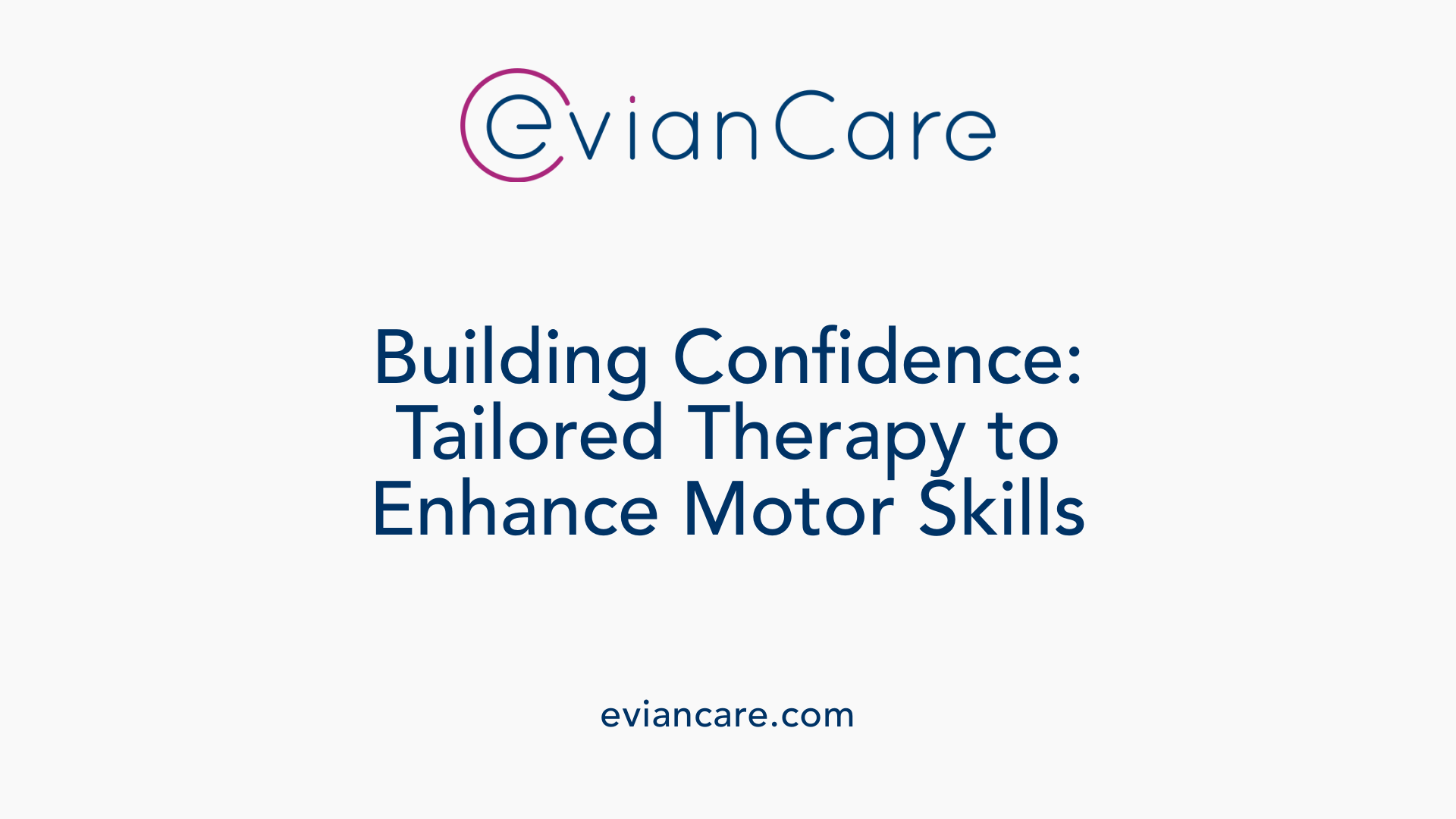
How can physical therapy promote coordination in children with balance deficits?
Pediatric physical therapy plays a vital role in helping children improve their balance and coordination through a variety of targeted and engaging techniques. Therapists perform comprehensive assessments to understand each child's strengths and weaknesses, focusing on muscles, joints, inner ear, and sensory systems like proprioception and vision.
Therapists then develop individualized treatment plans that often include exercises such as balance training, obstacle courses, gait exercises, and core strengthening routines. These activities help enhance muscle strength, coordination, and postural control. For example, static balance exercises like single-leg stances and tandem stands build stability, while dynamic activities like walking on uneven surfaces or weight shifts improve movement during activity.
Specialized interventions, including vestibular therapy, address inner ear or neurological balance challenges, supporting better inner ear function and visual tracking. Strengthening exercises help improve muscular support, reducing fall risk.
Play-based activities are central to therapy, making exercises fun and engaging. Therapists incorporate games like catching, kicking, or jumping—activities that promote motor skill development while boosting confidence. Progressions in therapy gradually reduce support, encouraging children to perform tasks independently and with increasing difficulty.
Ultimately, these tailored exercises and sensory integration techniques help children develop better control over their movements, allowing them to participate more fully in daily activities and sports, and to move confidently and safely in their environment.
Supporting Children's Development Through Active and Engaging Interventions
Early identification and personalized physical therapy programs are essential for improving balance and coordination in children. Combining targeted exercises, sensory integration, and family involvement creates a comprehensive approach that promotes motor development, confidence, and independence. Engaging children in fun, functional activities not only accelerates progress but also ensures a positive experience, encouraging continued participation and social inclusion. Ongoing collaboration among therapists, families, and schools fosters sustainable growth, helping children overcome challenges and reach their full potential in movement and daily functioning.
References
- Poor Balance & Coordination Therapy
- From Clumsy to Confident: How Physical Therapy Helps Kids ...
- Improving Coordination in Kids Through Physical Therapy
- Improve Balance and Coordination for Children
- Improving Dynamic Standing Balance in Pediatric PT/OT
- Balance & Coordination in Children: Importance Explained
- Balance & Coordination in Children: Importance Explained
- Physical Therapy for Children
- Poor Balance & Coordination Therapy


